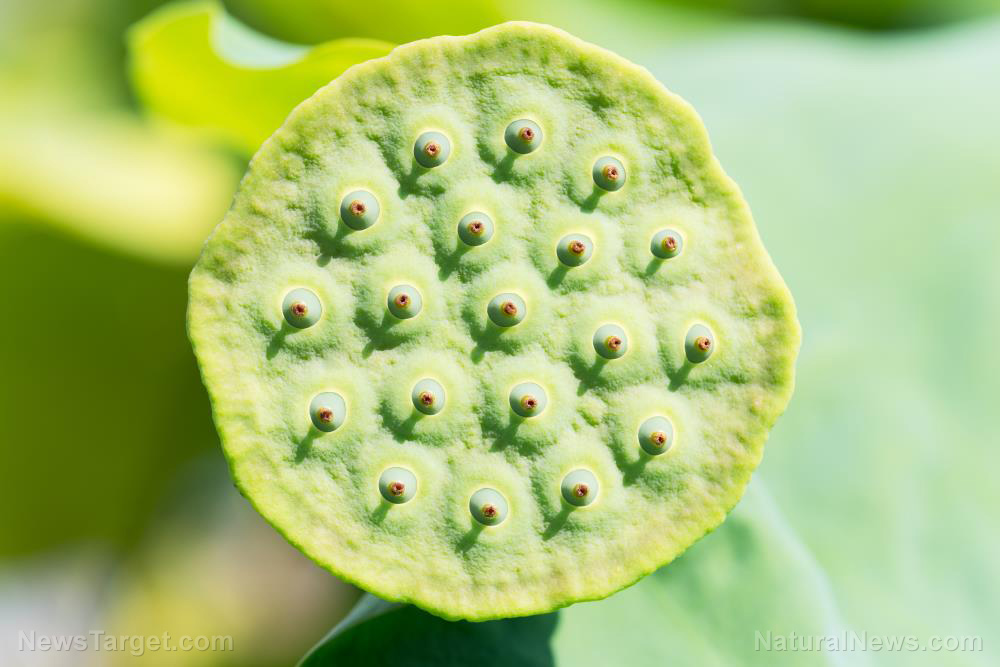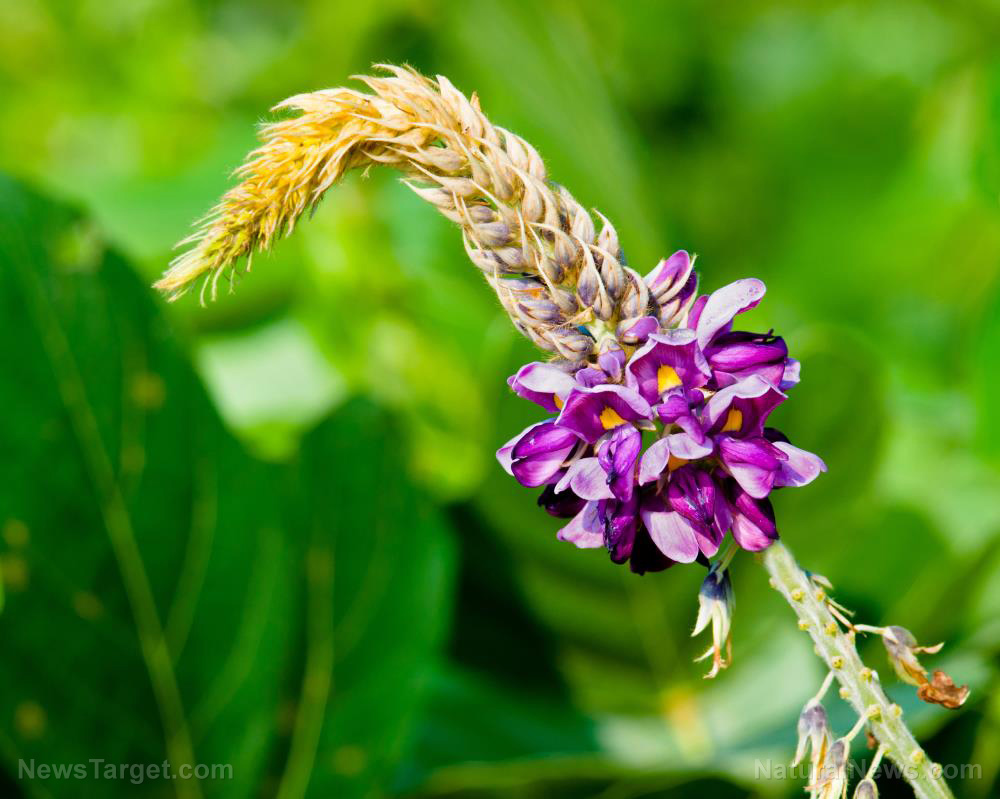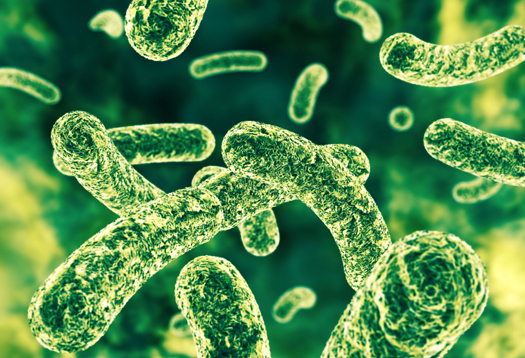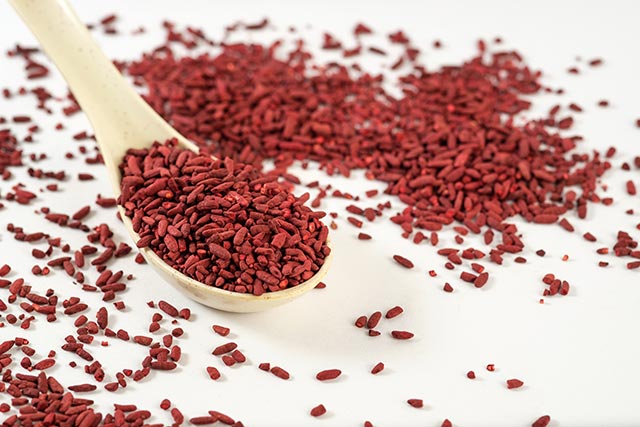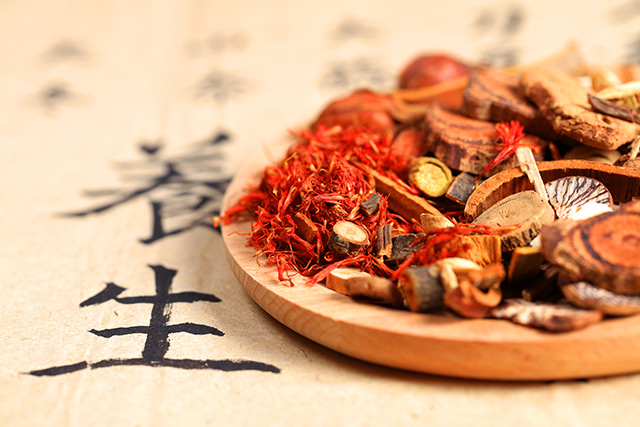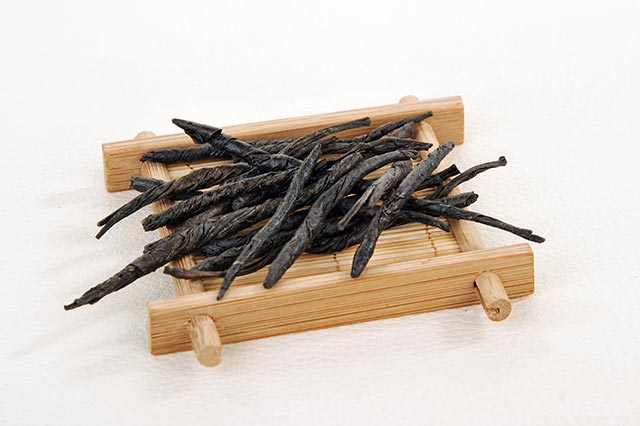Scientists explore the ability of Christmas rose to inhibit tumor cells
12/02/2019 / By Evangelyn Rodriguez

Helleborus niger, also known as black hellebore or Christmas rose, is a winter-blooming evergreen plant native to the mountains of southern and central Europe. This plant is well-known for producing large, white, glistening flowers that bloom around Christmas time in warm winter areas, and in early spring in cooler winter regions. While its flowers resemble wild roses, H. niger belongs to the buttercup family, Ranunculaceae, and is said to be poisonous.
Despite its toxicity, H. niger is a known traditional remedy for a variety of illnesses. Numerous studies have also confirmed its many beneficial properties. To examine its safety and potential as an anti-cancer treatment, researchers from Germany analyzed the aqueous fermented extract of H. niger. They found that not only is H. niger rich in useful phytochemicals, it can also stop the proliferation and migration of cancer cells, making it a strong candidate drug for the treatment of different types of cancer. The full study was published in the journal BMC Complementary and Alternative Medicine.
The medicinal properties of Christmas rose
H. niger is a perennial herb that has been used for medicinal purposes since ancient times. Records left by various physicians mentioned this particular herb in relation to the treatment of various diseases. For instance, Paracelsus, a Swiss physician during the medical renaissance, acknowledged the healing properties of H. niger. He recommended its leaves for preventing dementia and its roots for treating joint diseases.
Sponsored: NEW Biostructured Silver First Aid Gel created by the Health Ranger combines three types of silver (ionic silver, colloidal silver, biostructured silver) with seven potent botanicals (rosemary, oregano, cinnamon and more) to create a breakthrough first aid silver gel. Over 50 ppm silver, verified via ICP-MS lab analysis. Made from 100% Texas rain water and 70% solar power. Zero chemical preservatives, fragrances or emulsifiers. See full details here.
In later centuries, notable figures described H. niger as a remedy for ailments of the mind, such as depression, lethargy and sleepiness. Some even reported that the plant has anti-tumor properties. Today, scientists attribute many beneficial properties to H. niger, such as anti-bacterial, anti-inflammatory, hepatoprotective, neuroprotective, immune-modulating and blood cholesterol- and glucose-lowering properties.
In terms of bioactive components, H. niger has four relevant compound classes, namely, steroidal saponins, ranunculin derivatives, beta-ecdysone and flavonoids. (Related: Natural flavonoids from fruits and vegetables dramatically lower cancer risk.)
The Christmas rose is not just for display; it can also fight cancer
The manifold therapeutic applications of H. niger — which are all thanks to its abundance in phytochemicals — make it a very attractive focus of scientific research. However, two of its four active compound groups, namely, ranunculin derivatives (e.g., protoanemonin) and steroidal saponins, have also been associated with genotoxicity (causes DNA damage) and disintegration of membrane structures.
For their study, the researchers obtained H. niger aqueous fermented extracts (HNE) and conducted various tests to evaluate its safety for therapeutic use. They assessed the anti-angiogenetic potential of HNE using human umbilical vein endothelial cells (HUVEC). Angiogenesis or the formation of new blood vessels is induced and utilized by tumors so they can get sufficient blood supply, grow, and spread.
The researchers also conducted 2D and 3D proliferation assays and migration and invasion assays to determine the effects of HNE treatment. For these assays, they used a panel of tumor cell lines. They performed an additional 2D proliferation assay to determine the effects of steroidal saponins isolated from HNE.
The researchers found that HNE did not exhibit any genotoxicity in vitro. HNE, at concentrations of up to 10 micrograms per milliliter, had non-hemolytic effects. HNE also exerted anti-angiogenetic effects on HUVEC and anti-proliferative effects in five different cancer cell lines. In particular, HNE (600 to 1000 micrograms per milliliter) inhibited the migration of human renal cancer cells, colorectal adenocarcinoma cells and neuroblastoma cells by more than 80 percent
Meanwhile, hellebosaponin A and D, together with macranthosid I, did not show comparable effects alone or in combination. And because proteanemonin in isolated form is unstable, parallel investigations with it could not be performed.
Based on these results, the researchers concluded that HNE has anti-angiogenetic effects on HUVEC and anti-proliferative and migration-inhibiting effects on tumor cells.
Sources include:
Tagged Under: alternative medicine, cancer tumors, disease treatments, herbal medicine, Herbs, natural cures, natural medicine, phytonutrients, prevention, remedies, research


